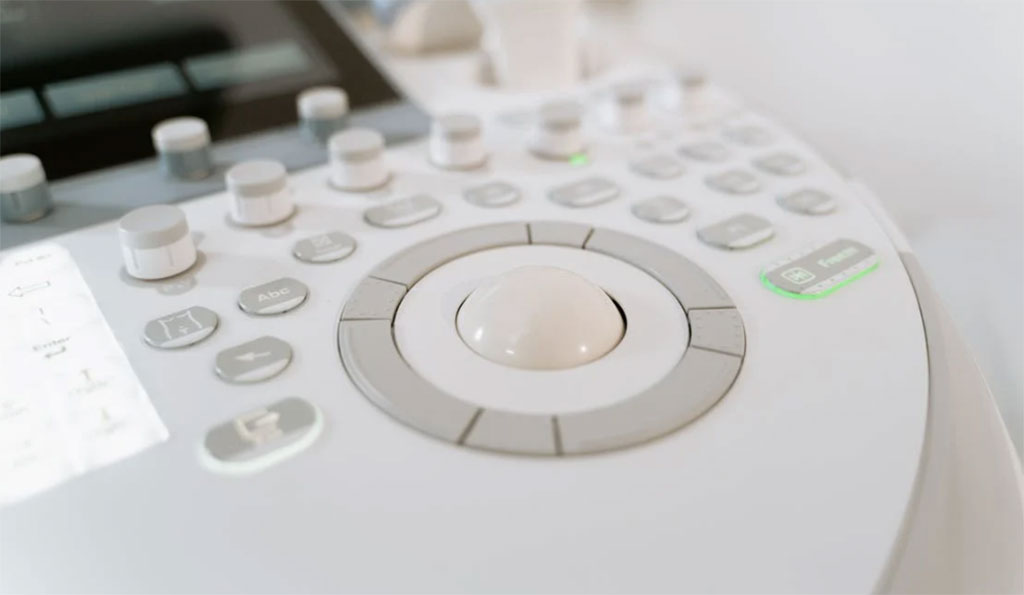Prostate Biopsy Technique Combines MRI and Ultrasound to Eliminate Infection Risk
Posted on 15 Jun 2022
Prostate cancer is one of the most common types of cancer in men and among the leading causes of cancer death in men. Prostate cancer detected early has the best chance of successful treatment. If an abnormality is found during routine prostate screening, further tests can determine if it's cancer. Now, a certain biopsy technique is reducing the risk of infection and helping pinpoint potential cancer.
Urologists at the Mayo Clinic (Rochester, MN, USA) have developed a new way of performing prostate biopsy that reduces the chance of infection to nearly zero. It's an outpatient procedure called "transperineal ultrasound-guided MRI fusion biopsy." The technology superimposes an MRI on top of the ultrasound, which gives doctors a better view of the prostate. The procedure could catch cancer earlier and nearly eliminate the risk of infection.

"Most biopsies in this country are done with a transrectal ultrasound machine. The problem with this technique is that there is a risk of infection because the needle traverses the rectal wall and is exposed to fecal contamination," said Dr. Julio Gundian Jr., a Mayo Clinic urologist. "This technique allows us to avoid the rectum altogether. We place a needle through the perineum, which is the skin between the scrotum and the anus, directly into the prostate. So this makes the procedure no longer a blind technique where we are just randomly obtaining tissue from the prostate."
Related Links:
Mayo Clinic














